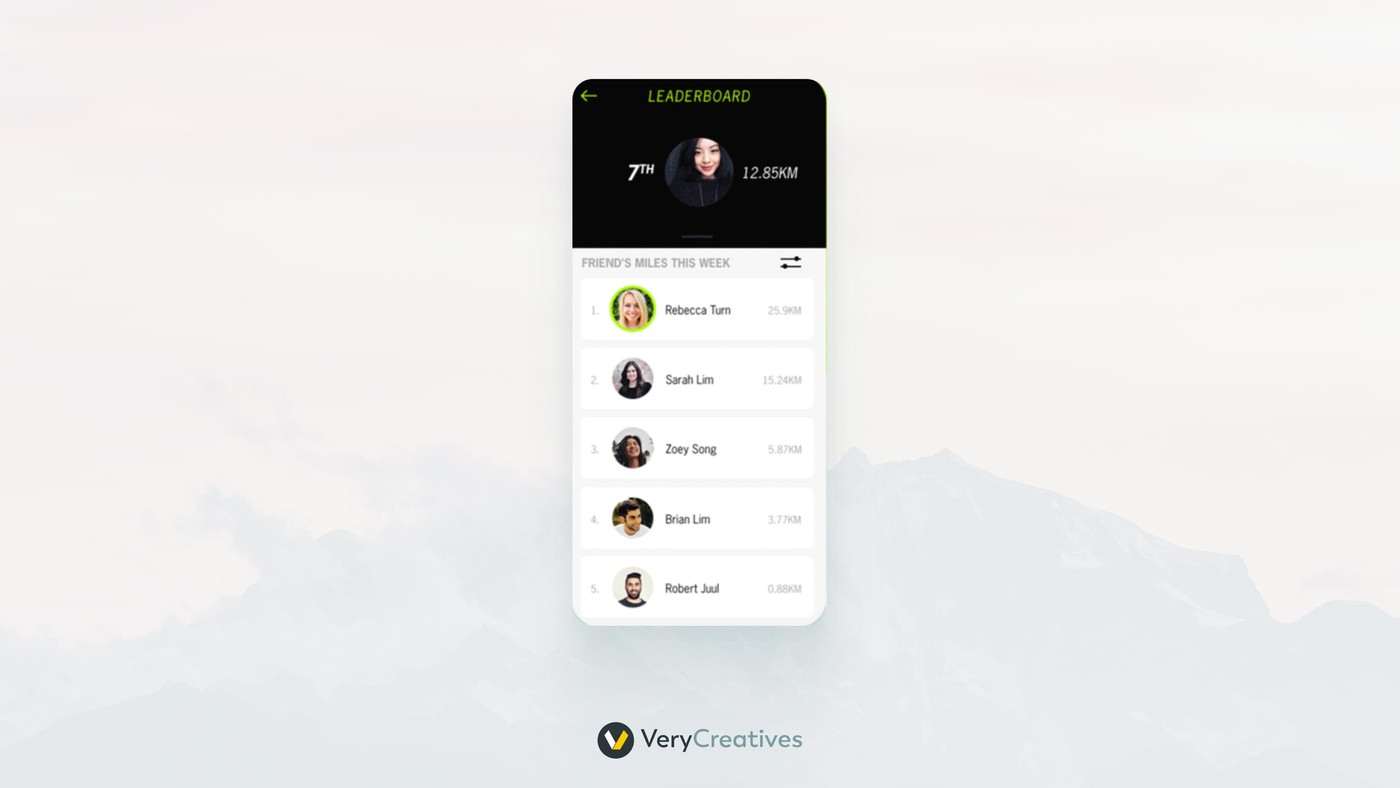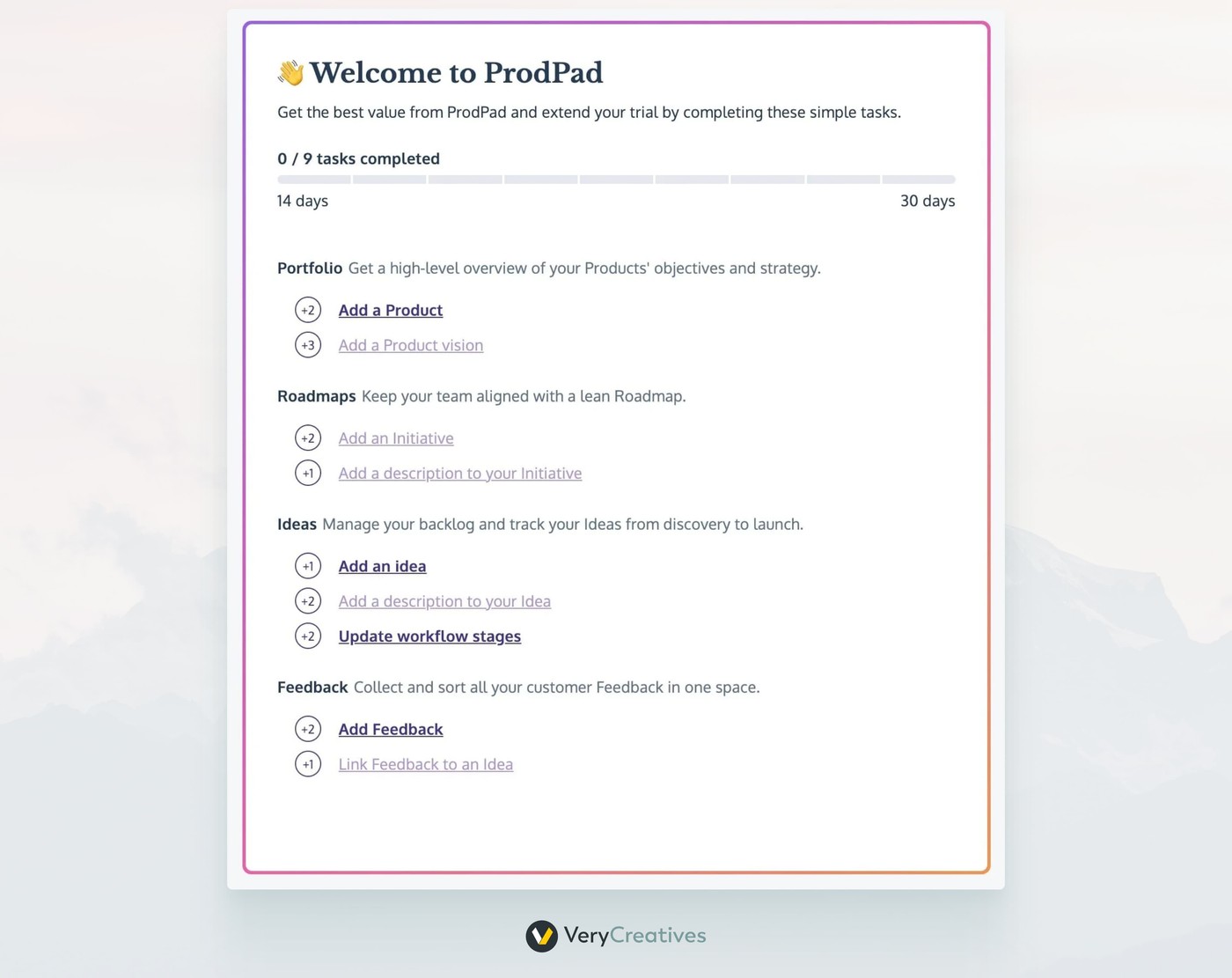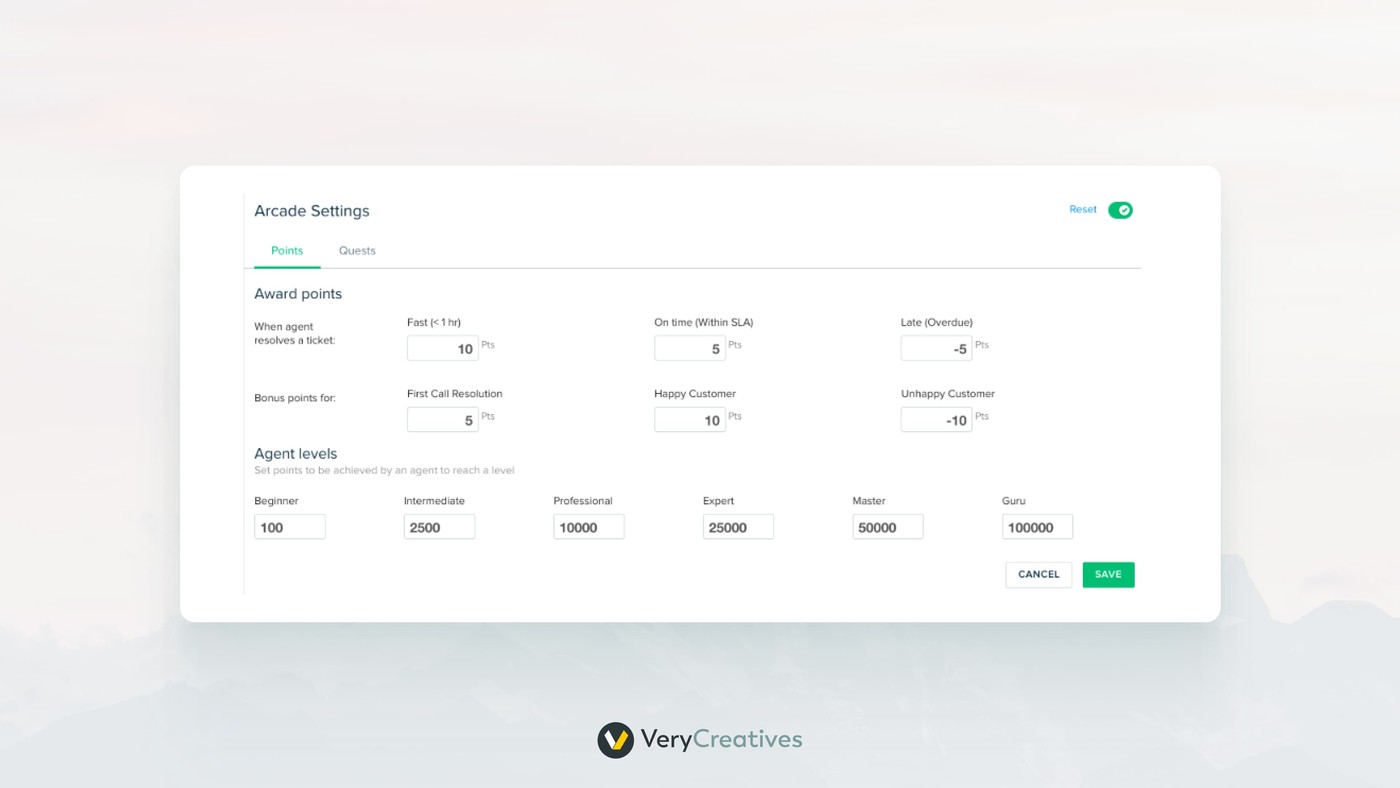Gamification is particularly useful for software-as-a-service (SaaS) developers. Subscription-based models often rely on cultivating long-term relationships through subscription renewals, and gamification makes users less likely to tap that cancellation button.
In this article, we’ll examine how gamification can reduce customer churn and develop the long-lasting customer relationships we all crave.
What is gamification?
First, it’s important to be clear about what we mean when we use the term “gamification.”
Gamification refers to the practice of using game-like mechanics and elements in non-game contexts to boost your customer’s engagement and motivation. In other words, the goal is to tap into people’s natural desire for competition, social interaction, and rewards.
Although it’s a relatively new concept that has only recently gained popularity in the business world, businesses are catching on fast. Gamification can offer you:
- Increased engagement: Because their interactions with your software will be more enjoyable, customers will spend a lot more time using the product.
- Better onboarding: When users first start using your product, they may be intimidated by the process of learning how to access and use all of the features. Gamification makes onboarding a pleasurable process.
- Improved value perception: Sometimes, customers simply don’t understand how your product meets their needs and adds value. Gamification motivates users to fully explore the app, leading to greater recognition of its use value.
- Increased product loyalty: Often, SaaS models offer incentives like reward points and discounts that are earned over time through regular engagement. Users who have accumulated these achievements are less likely to switch to a competitor.
In 2021, the total value of the gamification market reached a record high of $11.94 billion. Increasingly, companies turn to gamification strategies for everything from onboarding to improving customer engagement.
What are the elements of gamification?
When adopting SaaS gamification strategies, ensure your approach considers these three indispensable gamification elements:
- Meaningfulness: Users must be able to see the purpose of the game. Otherwise, the gameplay won’t reflect the user’s journey within your application and will feel more like a waste of time.
- Conditioning: Users should continuously experience positive reinforcement (instant rewards, feedback, etc.) for completing specific tasks. The repetition will help the user associate the application with rewards.
- Communication: If a game does not communicate progress, goals, and objectives to users, it will fail to engage them. Often, you can prompt them to share their progress on social media—this turns what would have been a solitary activity into a more social one.
When these three elements are combined, your product will cultivate an addictive quality that keeps users coming back for more.
5 SaaS gamification strategies to retain customers
So far we’ve focused on explaining what gamification is and what principles should guide the gamification process. Now, let’s get specific.
Here are five gamification strategies for retaining customers.
1. Use a point system (especially during onboarding)
From a user’s perspective, using a new SaaS app can feel daunting and intimidating. You can improve a customer’s experience simply by creating a point system.
Set clear goals for actions such as “Generate a new tweet” or “Use the AutoTweeter function to find a tweet to re-post.” For each of these tasks, assign a point value for their completion.
These points can then be used to earn real rewards, like discounts or free trials of higher tier services. Or, even without a specific reward tied to them, the points give the user a sense of accomplishment.
Vitality, a UK-based insurance and well-being platform, offers a great real-life example of a point system in action. Their app assigns Vitality points for healthy activities, such as taking 7000 steps or completing a workout at a gym. These points can then be redeemed for merchandise and discounts on your insurance.
2. Display achievement badges
While points work best for smaller tasks and actions, it’s also important to recognize substantial progress. Try to think of the milestones each user might need to cross in order to use the app most effectively.
Let’s clarify this by looking at an example.
Suppose you’re a SaaS company that sells project management software. In that case, you could give customers badges for:
- Creating their first project
- Inviting their first team member
- Adding their first task
- Reaching 100 tasks in a project
- Completing all tasks in a project
Customers are more likely to stay engaged with your product when they see their progress is tracked and rewarded.
Treehouse is a good example of this. The virtual academy teaches app development and coding to beginners. Users earn badges and points for completing course material, and these are displayed on the user’s profile page.
3. Add a Leaderboard function
People are naturally competitive, and a leaderboard is an excellent way to tap into that natural tendency.
By ranking customers based on their performance, you can encourage them to keep using your product to improve their position on the leaderboard.
Their position on the leaderboard will translate into increased loyalty—people will want to maintain their status.
Let’s say you run a SaaS company that sells CRM software. You can create a leaderboard of the top salespeople per the number of deals closed or the value of the deals closed.
Autodesk tapped into this by creating a gamified tutorial for its trial period. Users do virtual missions to make a place for themselves on the leaderboards. Users with high scores are featured on Autodesk’s homepage.
4. Create a theme
SaaS companies can take gamification to the next level by basing it around a theme or story. It’s an excellent way to make your brand more relatable and engaging.
Engaging environments make users want to explore and see more, and compelling stories make users want to discover the plot twists and endings.
Salesforce Trailhead is a good example here. It’s a gamified learning platform that uses the metaphor of hiking trails to teach users about Salesforce products.
As users complete tasks, they unlock new trails and eventually become “Rangers.” The copy also follows the theme, encouraging users to “Choose Your Adventure” and “Blaze Your Trail.”
This thematic approach can help to tie together various other incentives. For example, points can be redeemed to progress through different environments, the profile page can display progress as achievement badges, and leaderboards can show the speed or level of completion.
5. Unlock new features
One of the main attractions of video games is that users can unlock new features, avatars, and venues. SaaS companies can do the same.
As users accumulate rewards, achievements, and other incentives, they can unlock new functionalities and benefits.
For example, if your SaaS provides storage solutions at 30 GB monthly, you can offer a program where reaching a certain level unlocks the ability to store at 35 GB for the same price.
Or, perhaps mastering a certain feature through the gamified interactions could unlock the ability to highlight and/or prioritize your customer support requests, as is done on Google Play.
Alternatively, some companies use feature unlocking to incentivize the user to upgrade to higher-tier features.
A great example of feature unlocking at work in the real world is Canva. Users start with a free version, which offers basic design templates and features.
As users become more proficient with the platform, they realize the potential for using more advanced features such as AI, branding tools, and team collaboration. This naturally leads them to upgrade to a paid plan.
3 Real-life SaaS gamification examples
Here are some real-life examples of SaaS gamification to inspire you.
Nike Run Club
Nike, known for its innovative marketing campaigns, was one of the first companies to gamify physical activity.
The Nike Run Club app turns running into a game by tracking users’ progress and awarding them points for completing milestones. Users can also go on virtual treasure hunts to find the latest sneakers.
Perhaps most effective is the social aspect of the app. Users can sync the app with their contacts so that it will create a leaderboard within your social network.

ProdPad
ProdPad is a product management tool that helps users develop and track product ideas. The company uses gamification in its free trial to retain customers.
For instance, users can do specific tasks, such as adding a user persona or inviting friends to extend their free trial.
ProdPad also makes substantial use of progressive feature unlocking. As the customer completes onboarding tasks, more and more features are gradually unlocked.
This reduces the overwhelming feelings users have when first starting to use a new app.

Freshdesk
Freshdesk is a customer support software that uses “quests” to gamify the customer support agent’s experience.
It can be challenging to keep the customer support process engaging—but, of course, customer support is an important part of cultivating loyalty and retention.
By rewarding the agents with achievement badges and offering tangible rewards like gift cards and additional vacation days, the app encourages the agents to work with rigor.
Additionally, this provides you with detailed metrics of how support is going for your company.

Conclusion
SaaS gamification strategies can be the missing key to increased success for your company. Not only can adding game-like elements can increase engagement, but they also improve loyalty and customer retention by improving the customer’s experience.
It can be challenging to determine which strategies will work best for your SaaS app. Book a call with us today to learn more about how to make gamification work for your product.